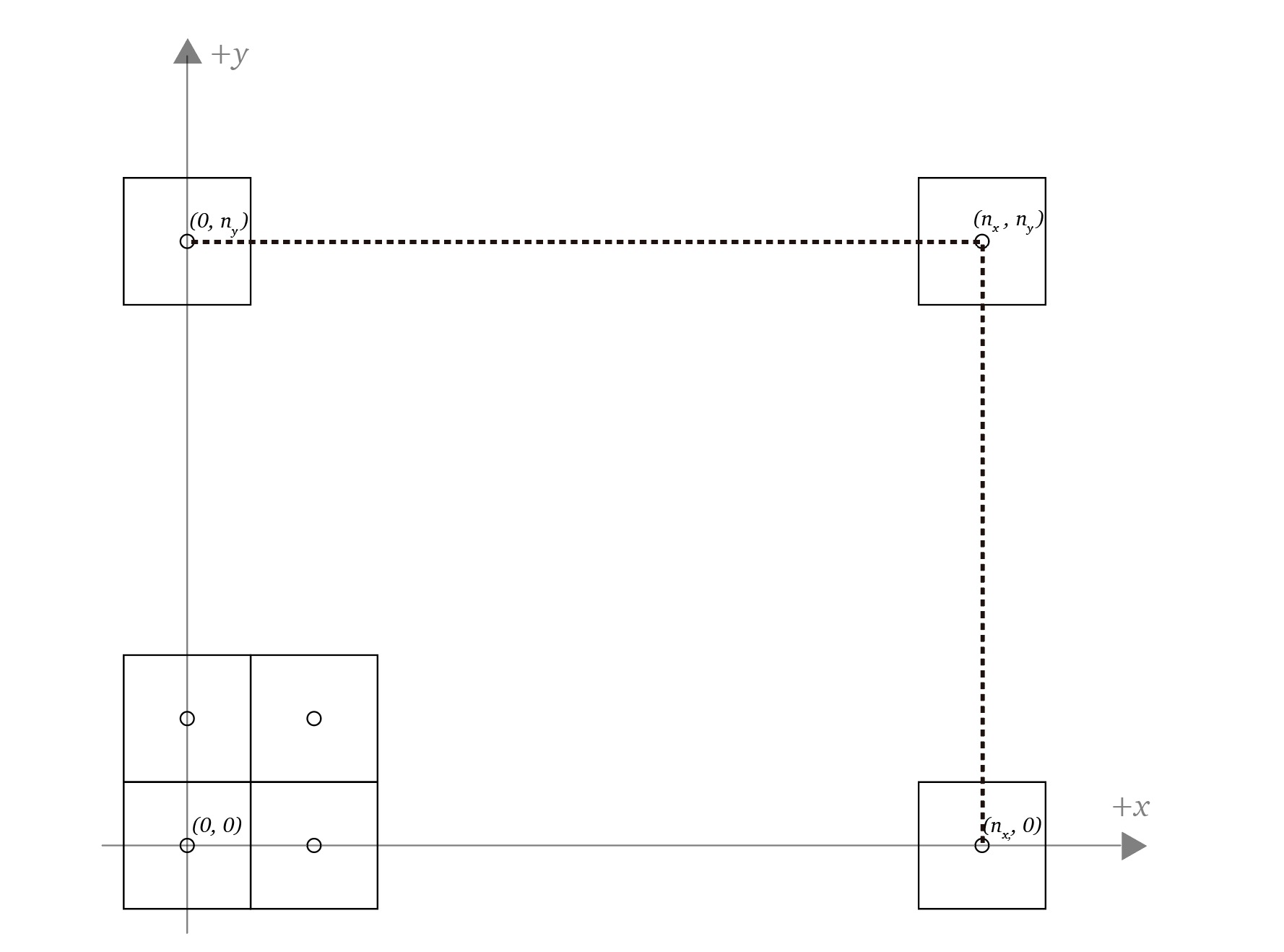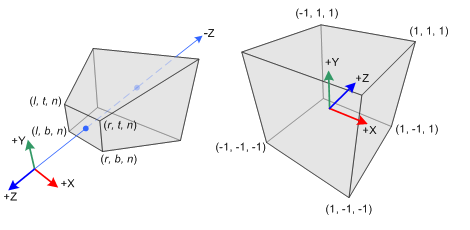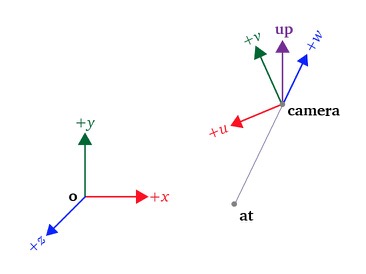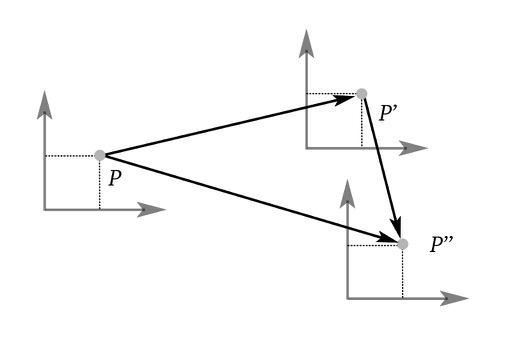The objective of this step is to find a transformation matrix to transform points expressed in normalized device coordinates to screen coordinates
The canonical view volume needs to be mapped to the screen that has pixels in a way so that points with are mapped to the left and right sides of the screen respectively and are mapped to the bottom and top sides of the screen respectively, the coordinate isn’t visible in a 2D image so it can be discarded for the mapping
Since the mapping is linear we can use the
linear interpolation method
Given
The value of is
The value of is found in a similar way
Finally the transformation matrix that converts points from NDC to screen coordinates is
Note that the -coordinate doesn’t need to be modified since it doesn’t affect the projection in the image, the -coordinate is still used to check the order in which objects should be drawn




